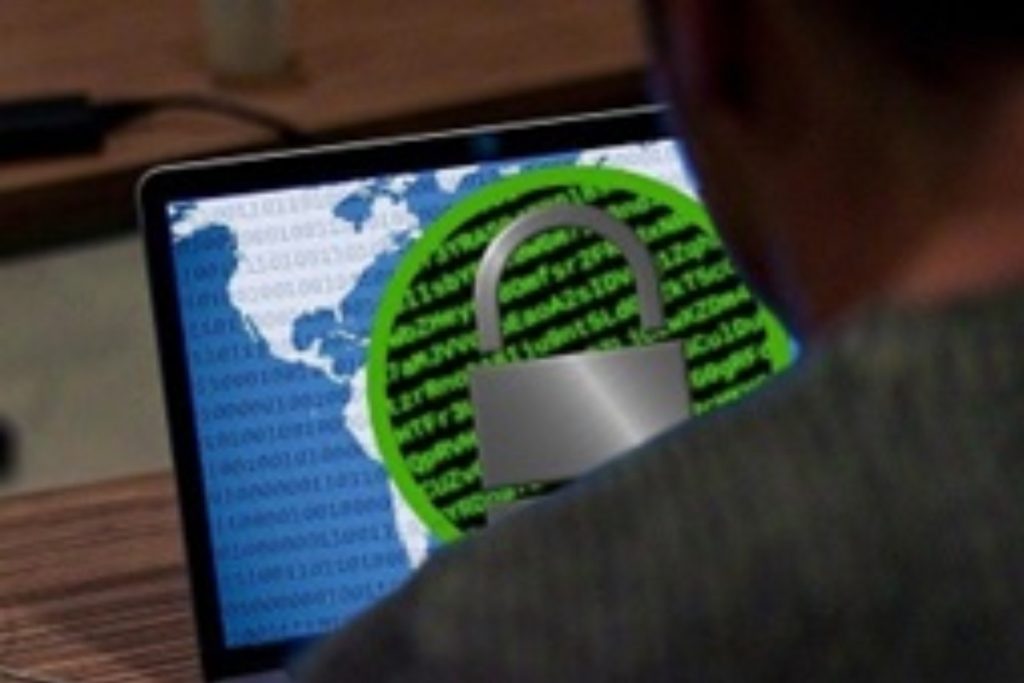There are many different types of cybersecurity threats these days, but one that is especially prevalent and causes millions of dollars of losses for people and organizations every year is ransomware.
This issue continues to grow and is one of the most popular options cybercriminals use to cause havoc and make money. Read on for the lowdown you need to know today.
What Ransomware Is and How It Works
The word ransomware refers to a particular type of hack that cybercriminals use to extort money from people and create havoc. It involves breaking into computer systems and then locking people out of their devices or threatening to release the information found on the machines and linked accounts to the public. Hackers don’t let computer owners back into their networks, or they say they will take data public unless a ransom gets paid. Unfortunately, though, even if people do pay the requested ransom, this doesn’t mean that cybercriminals will do what they promised.
Ransomware targets both individuals and organizations and comes in various forms. Hackers develop and update ransomware approaches all the time, too. Some of the varieties of ransomware that people have been stung by over recent years include RYUK, WannaCry, Bad Rabbit, and Jigsaw. To get ransomware onto victim computers, hackers either break into the physical computers or the digital systems or connected networks to plant malware and then gain access. Sometimes, they send people virus-laden emails or documents or set up links with malware embedded in them and get into systems that way.
Tips for Staying as Safe as Possible from Ransomware
While you can never guarantee you won’t fall victim to a ransomware attack, you can take steps to protect yourself as well as possible. For example, start by ensuring you use quality, comprehensive ransomware protection that guards against this specific type of threat. Plus, use a firewall on your devices. Your computer likely already has one pre-installed, but you can purchase an option if not. Firewalls are helpful because they act as an additional layer of defense against hackers who try to use an internet connection to break into systems.
Another tip is to pay attention to the pop-ups that show on your screen, alerting you that software updates are available. While it’s tempting to ignore these when you’re busy, get into the habit of paying close attention to them. Developers release program updates when they not only make changes to their creations but plug security gaps, too. Thus, if you’re not running the newest editions, you’re leaving yourself more open to a hacker attack. It’s wise to set up programs to update automatically when new versions release, so you don’t have to remember to run them manually yourself.
Also, take the time to learn about the most common strategies cybercriminals use to break-in. This way, you can be more prepared and understand how to stay safer. For example, hackers often use phishing tactics these days. They send emails or other communications pretending to be from real people or organizations and ask recipients to click on links to update their details, provide information, or download a document. The problem is that targets think they’re receiving real messages and then, when they follow the instructions, unwittingly give sensitive data to cybercriminals.
You also need to be careful about which links you click on when on social media sites and other websites since cybercriminals often create attention-grabbing, salacious headlines to lure people in. Your computers can get infected with malware when you click on the “clickbait” links to read the gossip.
You can help protect yourself further by steering clear of public Wi-Fi wherever possible. It’s much safer to use password-protected internet connections instead. You don’t know who owns public services or who is monitoring them, so hackers can perhaps see more information than you’d realize when you’re connected this way.
It’s essential to be strategic about your passwords on your computer and your various accounts, too. Don’t make codes so easy to guess that cybercriminals have an easy “in” as a result. Your passwords should contain a mixture of numbers, letters (both upper-case and lower-case), and symbols and contain at least eight characters.
Avoid using codes that relate to any details that people could read publicly, too, such as your child or pet names, email address, birthday, and the like.
Understanding ransomware and taking steps ASAP to protect your devices and information will help you avoid having to deal with this annoying and often costly scenario.

